Myths Debunked: How Do You Treat Dry Skin for Dogs
Dry skin in dogs is a common issue that can cause flaking, itching, redness, and even hair loss. It not only affects your pet’s quality of life but can also lead to secondary infections. In this guide, we’ll discuss how to identify the typical signs and symptoms of dry skin, explore potential causes such as environmental factors, nutrition, and diseases, and provide a comprehensive solution combining home care and professional treatments. With scientific observation, timely intervention, and long-term management, you can effectively address your dog’s dry skin and keep its coat healthy.
Step 1: Identifying the Typical Signs and Symptoms of Dry Skin
Recognizing the early signs of dry skin is crucial to treating it effectively. Here’s how to spot it:
Visible Symptoms
Increased Dandruff: Healthy skin sheds fine, transparent flakes, but dry skin will produce large, white flakes, especially noticeable on the back and tail.
Changes in Coat Condition: Hair loses its shine, becomes brittle, and breaks easily. You may notice a lot of broken hair during brushing, and there could be bald patches.
Skin Texture Changes: Healthy skin is soft and pink. Dry skin may show cracks, and in severe cases, the skin could feel rough, like “alligator skin.”
Behavioral Signs
Frequent Scratching: Dogs may scratch excessively, lick, or bite specific areas, sometimes leading to skin damage and bleeding.
Rubbing Against Objects: Dogs may rub their bodies against furniture, carpets, or other surfaces, especially on areas like the ears or groin.
Behavioral Changes: Itching may cause irritability, restless behavior, poor sleep quality, or even aggression.
Warning of Potential Complications
If you notice thickened skin, scabs, pustules, or foul odor, these may indicate secondary bacterial infections or parasitic infestations such as mange. Contact your vet for a skin scraping test immediately.

Step 2: Understanding the Main Causes of Dry Skin in Dogs
Now that you know the symptoms, let’s explore the main causes of dry skin. Understanding these factors will help you figure out how do you treat dry skin for dogs more effectively.
Environmental Factors
Climate: Dry, low-humidity air in the winter, particularly in heated or air-conditioned rooms, can rapidly strip moisture from your dog’s skin.
Over-bathing: Bathing your dog too often (more than twice a month) or using human shampoos can damage the skin’s natural oil barrier.
UV Damage: Dogs with lighter fur, like Beagles, can suffer from sunburns, leading to dry and irritated skin.
Nutritional Imbalance
Essential Fatty Acid Deficiency: A lack of Omega-3 and Omega-6 fatty acids weakens the skin barrier. Dogs fed poor-quality food are often at risk.
Food Allergies: Common allergens like chicken, beef, or wheat may trigger dermatitis and dry skin reactions.
Associated Health Conditions
Endocrine Disorders: Hypothyroidism, Cushing’s disease, and other metabolic disorders often accompany dry skin.
Parasites: External parasites like mange mites and fleas can cause secondary dry skin issues.
Autoimmune Disorders: Conditions like pemphigus foliaceus can disrupt the skin structure, leading to dryness and inflammation.
Step 3: Home Care and Professional Treatments
Here’s how you can manage your dog’s dry skin at home, combined with professional veterinary treatment when necessary.
Upgrading Daily Care
Proper Bathing: Use oatmeal-based dog shampoos and ensure the water temperature is below 100°F (38°C). Limit baths to once a week, and immediately pat the skin dry with a towel.
Humidify the Environment: Use a humidifier in the winter to maintain 40%-60% humidity and keep your dog away from direct heat sources.
Physical Protection: Apply dog sunscreen (SPF 15+) before outdoor activities, and dress your dog in breathable sun-protective clothing in the summer.
Nutrition Interventions
Supplements: Add fish oil (EPA+DHA ≥500mg) or flaxseed oil daily, paired with Vitamin E (100-200 IU/day) to enhance absorption.
Diet Adjustments: Choose grain-free, high-animal-protein dog food, and increase the wet food ratio to 30% for better hydration.
When to Seek Medical Intervention
Topical Treatments: Your vet may prescribe hydrocortisone cream (0.5%-1%) to control acute itching. Apply no more than twice daily.
Systemic Treatment: In severe cases, your dog may need oral cyclosporine (3-5mg/kg/day) or other immune-suppressing drugs.
Allergy Testing: Blood serum IgE testing can identify allergens and help start specific immunotherapy.

Step 4: Long-Term Management and Prevention
To prevent your dog’s dry skin from recurring, follow these strategies:
Keep a Health Record
Track changes in your dog’s skin, diet, and medication, and use a mobile app to regularly photograph and compare the skin condition.
Regular Veterinary Check-ups
Under 1 year: Perform a skin scraping check every 6 months.
Over 7 years: Add thyroid function testing to the check-up.
Before allergy season: Conduct an allergy screening.
Everything Our Vets Recommend
Eco-Friendly Home Management
Change bedding weekly and use a mite vacuum to clean bedding.
Avoid alcohol-based disinfectants in pet areas.
Plant natural insect-repellent plants like mint and basil instead of using chemical repellents.
Behavioral Training
Use positive reinforcement to reduce licking behavior, provide puzzle toys for distraction, and ensure your dog gets at least 30 minutes of outdoor exercise daily.
FAQ (Frequently Asked Questions):
Q1: What is the best treatment for dry skin on dogs?
The best treatment for dry skin in dogs includes using moisturizing shampoos, adding omega-3 fatty acids to their diet, and ensuring proper hydration.
Q2: Can diet affect my dog’s dry skin?
Yes. A poor diet lacking essential fatty acids and nutrients can worsen dry skin. High-quality dog food and supplements help support skin and coat health.
Q3: When should I take my dog to the vet for dry skin?
If your dog has persistent itching, hair loss, sores, or skin infections along with dryness, it is important to consult a veterinarian for proper diagnosis and treatment.
Q4: Are home remedies safe for dogs with dry skin?
Some home remedies like coconut oil or oatmeal baths can provide relief, but they should be used with caution. Always check with your vet before starting home treatments.
Conclusion
Helping your dog with dry skin requires you to play the role of an observer, caregiver, and manager. From identifying early symptoms to creating a personalized care plan and building a prevention strategy, each step requires patience and knowledge. Remember, healthy skin is your pet’s first line of defense, and with the system outlined here, you’re not just relieving symptoms but building a long-term barrier to keep your dog healthy. If home care shows no improvement after 2 weeks, be sure to consult your vet to prevent small problems from turning into chronic conditions.
You May Like:
- Red Marks on Dogs Skin: How to Soothe and Heal Fast
- 2025’s Best Ways: How to Treat Dry Skin on Dogs Fast
- Best Probiotics for Dog Skin Allergies: Vet Picks and Tips
- 2025's Best Seborrhea Dog Shampoo: A Solution for Itchy Skin
User Comments
Does flea treatment kill ear mites too?
Can dogs take human probiotics?
Can dogs have people probiotics safely?
Related Articles
View all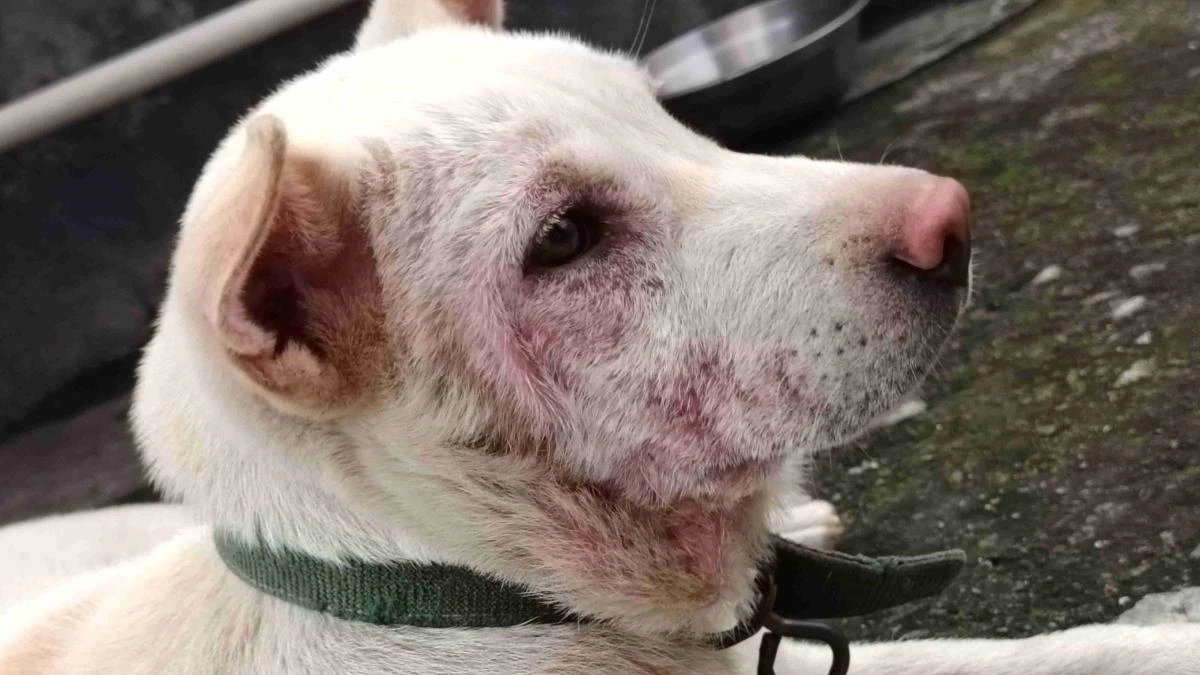
How to Get Rid of Dog Allergies Naturally: Common Mistakes

Dog Allergic Reaction Eye Swelling: Hidden Mistakes to Avoid

Why Do Bulldogs Scratch? Bulldog Skin Allergies Guide
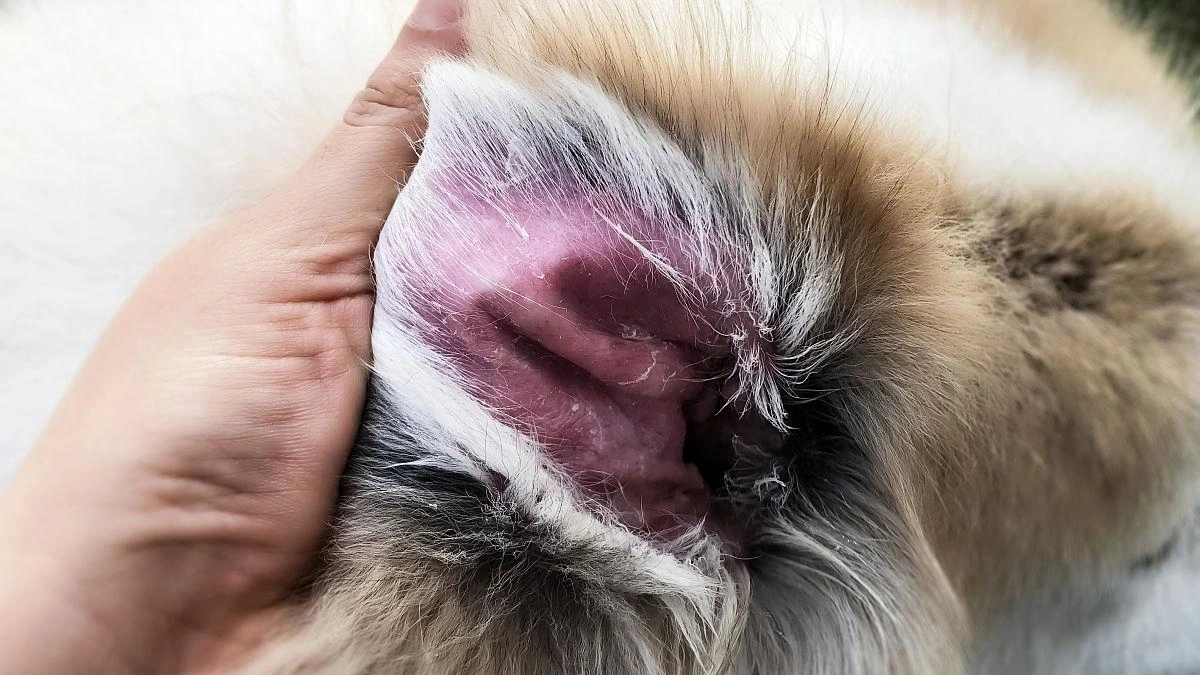
Cure for Dog Skin Allergies Owners Often Miss

How to Get Rid of Dog Allergies Naturally: Common Mistakes

Dog Allergic Reaction Eye Swelling: Hidden Mistakes to Avoid

Why Do Bulldogs Scratch? Bulldog Skin Allergies Guide

Cure for Dog Skin Allergies Owners Often Miss
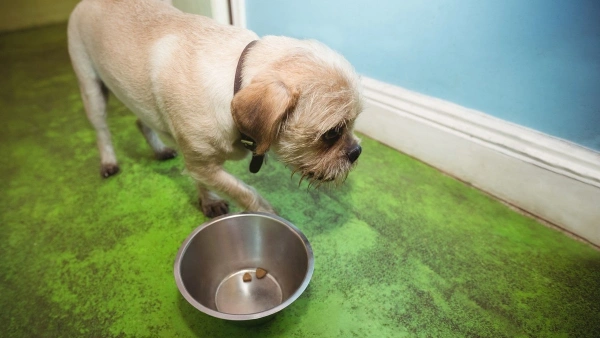
Vet-Recommended Wet Dog Food for Sensitive Stomachs — 2025 Guide

Dog Dust Mite Allergy: Symptoms, Treatment, Prevention

Can Allergies in Dogs Cause Diarrhea and Vomiting? Explained

10 Pitbull Health Problems You Should Know in 2025 — Tips
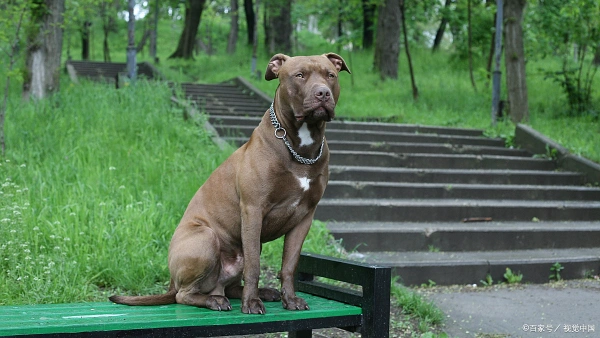

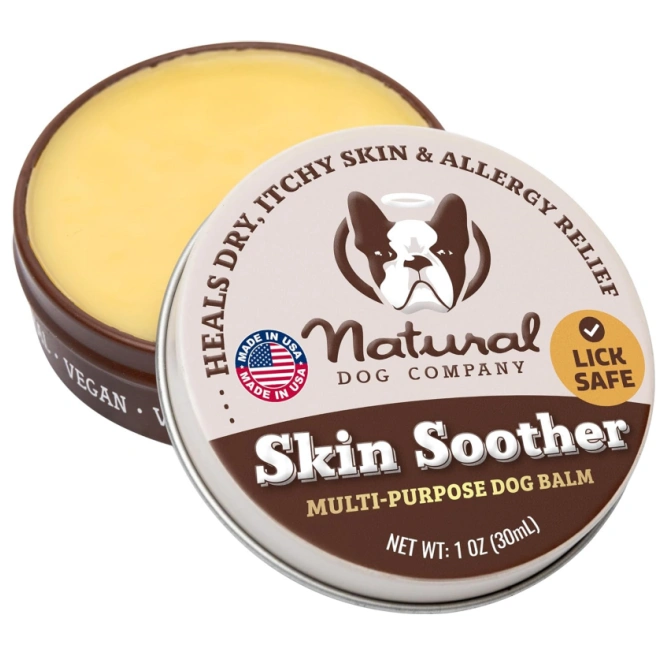
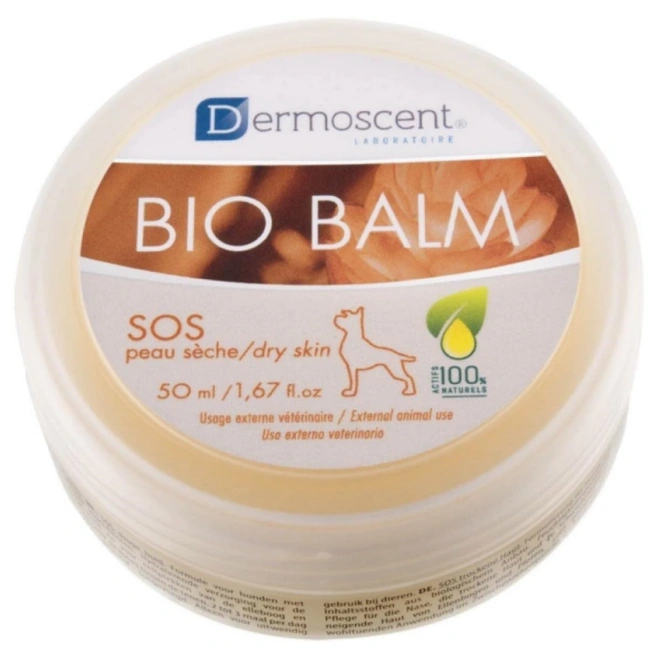
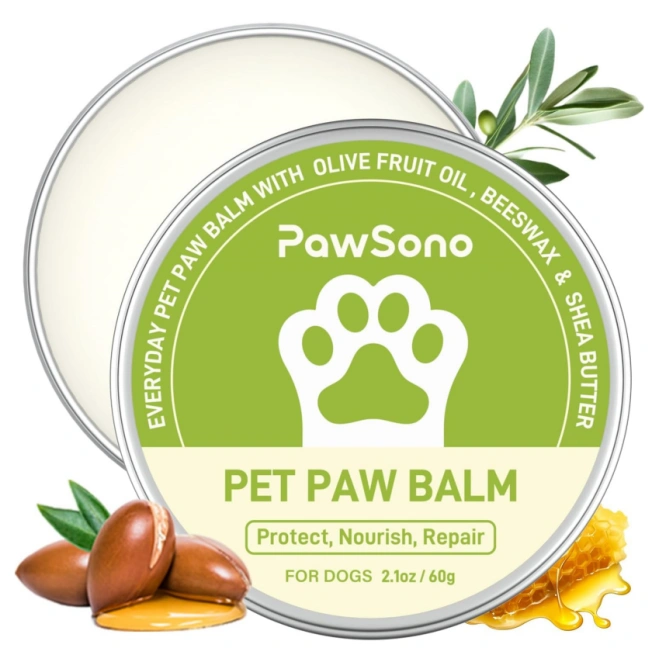
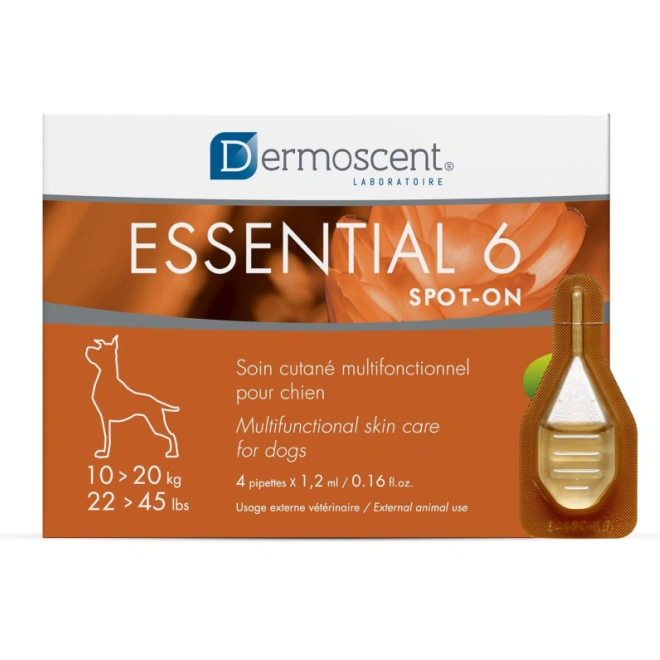








Leave a Reply